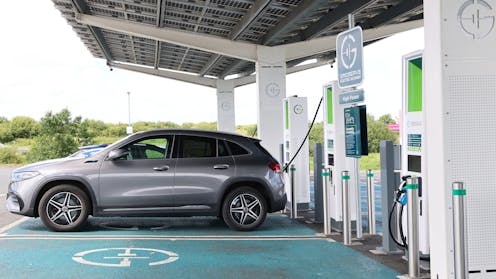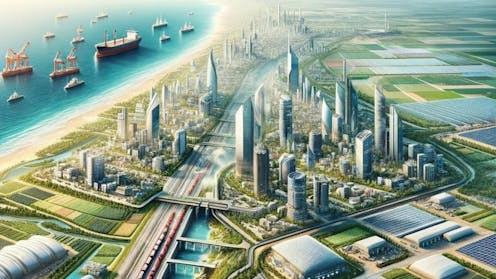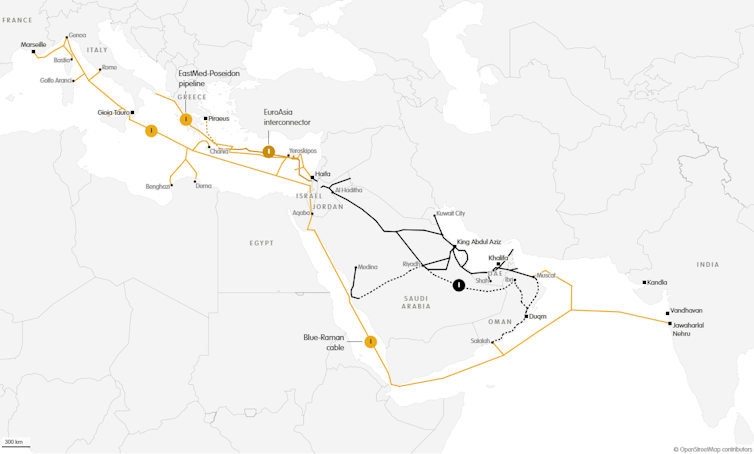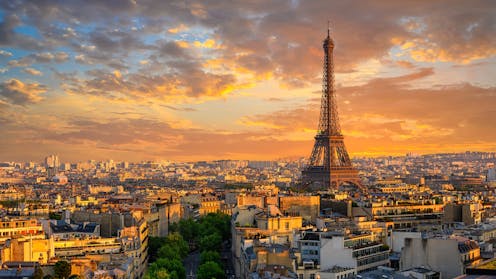Source: The Conversation – UK – By Jonathan Darling, Professor in Human Geography, Durham University
Over recent weeks, the interim injunction to halt the housing of asylum seekers at the Bell hotel in Epping has thrown government plans into crisis. The Home Office has now successfully appealed this judgment but does still need to come up with another plan for housing asylum seekers in the longer term.
The case has highlighted the need to rebuild relationships with local government. In trying to stop the Bell hotel from housing asylum seekers, Epping Forest district council argued that an initial ruling in its favour was an important step in “redressing the imbalance” between the priorities of the Home Office and the interests of councils and residents. Long-standing concerns about a lack of consultation over where, and how, asylum seekers are housed suggest we should expect to see further legal challenges in places where these hotels are located.
The lack of communication with communities over the hotels has generated fertile ground for anti-migrant protests. The outcome has been an accommodation model that works for no one and increasingly fraught relationships between central and local government.
Hotels are used as emergency accommodation because the last government failed to process asylum claims, leaving a backlog of people trapped in the asylum system. They are unable to work or secure their own housing.
The Labour government has made a commitment to end the use of hotels by 2029 and has made some progress in reducing hotel use since its peak in 2023. But there are no easy alternatives.
It has tried to use former RAF bases and military barracks as sites for mass accommodation but conditions are extremely poor. The short-term holding facility at Manston has seen outbreaks of disease, severe overcrowding, and accusations of racism by contracted staff. Accommodation at RAF Wethersfield in Essex has been likened to a prison by those housed there with charities warning of a mental health crisis unfolding as a consequence of insufficient support. And the costs of running these sites are greater than hotels.
Alternatives
The government could instead look to European neighbours like Germany and Sweden, where asylum seekers are able to work after set periods in the asylum system. This means a reduced reliance on the state for housing and greater pathways to integration. Despite campaigns to support the right to work for asylum seekers, the UK continues to deny such a right. This limits the ability of asylum seekers to secure their own housing. In the current political climate, willingness to change course and grant asylum seekers the right to work seems unlikely.
The Epping Forest case should force the government to rethink. The immediate priority must be to work closely with local government to provide safe and secure community-based housing for people seeking asylum.
Achieving this will require ending the privatisation of asylum accommodation and returning control to local authorities. Empowering councils to have a stake in the future of asylum accommodation will mean that the asylum system can benefit from the knowledge and expertise of local government on housing conditions, markets and standards.
Moving asylum accommodation back under public control means an end to the excessive profiteering of private contractors. It can also offer scope for experimenting with housing models that have been ignored by profit-driven housing providers.
For example, approaches to co-housing show how investments in accommodating asylum seekers can be shared with other groups in need of housing. In Amsterdam, co-housing projects have provided accommodation for young refugees alongside Dutch students who choose to live in specially designed housing units with shared facilities and social spaces. In Berlin, co-housing accommodates asylum seekers alongside residents with German citizenship and dedicated community hubs. These models show that alternatives can both involve the local community and deliver dignified housing.
Respecting refugee rights
This summer the government has shown no leadership on asylum. Reform UK and an increasingly radical Conservative party have promised simplistic and hardline policies that show no respect for the lives and rights of asylum seekers.
In response, the government should be bold. To change the failing asylum accommodation system the government needs to make a public case for why housing asylum seekers with dignity matters. The government should communicate the importance of respecting international law and the right to asylum. That means defending the 1951 Refugee Convention against those who are seeking to remove protections for people fleeing conflict and persecution.
It also means rejecting the idea that those seeking asylum in Britain are “illegal” – a term that has become mainstream. Asylum seekers have a legal right to seek safety and their actions in doing so are not illegal. Calling asylum seekers “illegal” makes it easier to dismiss their need for protection and to justify their poor treatment.
Leadership involves challenging the divisive language used to describe asylum seekers, rather than allowing terms such as “invasion” to remain uncontested. Divisive language pits vulnerable groups in society against one another.
Legally, and morally, the state has responsibilities to support all those facing homelessness. Denying these responsibilities and restricting the rights of asylum seekers will not advance the rights of others. Instead, focus should be on developing public housing options that combine resources for all those who are homeless.
Innovative and inclusive ways to provide safe, secure, and dignified accommodation to asylum seekers and other people are available. The Epping Forest case should give the government the imperative to explore them.
Want more politics coverage from academic experts? Every week, we bring you informed analysis of developments in government and fact check the claims being made.
Sign up for our weekly politics newsletter, delivered every Friday.
![]()
Jonathan Darling has received funding from the Economic and Social Research Council. He is affiliated with the No Accommodation Network as a trustee.
– ref. After the Epping Forest case, the government needs to be bold and build asylum housing that works – https://theconversation.com/after-the-epping-forest-case-the-government-needs-to-be-bold-and-build-asylum-housing-that-works-264060









